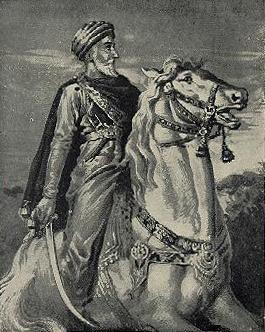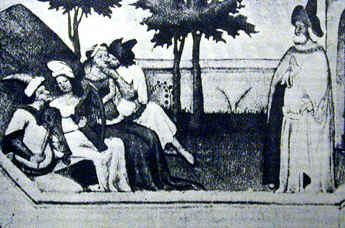The Justanid dynasty of Daylam was founded in 189/805, and one of its rulers, called Wahsudan bin Marzuban (d. 251/865) is reported to have built the fortress of Alamut in 246/860.
The tradition in this context has it that once the ruler, while on hunting had followed a manned eagle which alighted on the rock. The king saw the strategic value of the location and built a fort on the top of a high piercing rock and was named aluh amut, which in the Daylami dialect, derived from aluh (eagle) and amut (nest), i.e., "eagle's nest" as the eagle, instead of following the birds, had built its nest on that location.
According to "Sar Guzasht-i Sayyidna", the term "Alamut" is aluh amut i.e., the eagle's nest, and an eagle had its nest there.
Ibn Athir (d. 630/1234) relates another tradition in his "al-Kamil fil Tarikh" (Beirut, 1975, 10th vol., p. 110) that the eagle had taught and guided the king to this location, therefore, it was named ta'lim al 'aqaab (the teaching or guidance of an eagle), whose rendering into Daylami dialect is aluh amut. The word aluh means "eagle" and amutis derived from amukhat means "teaching". ...










